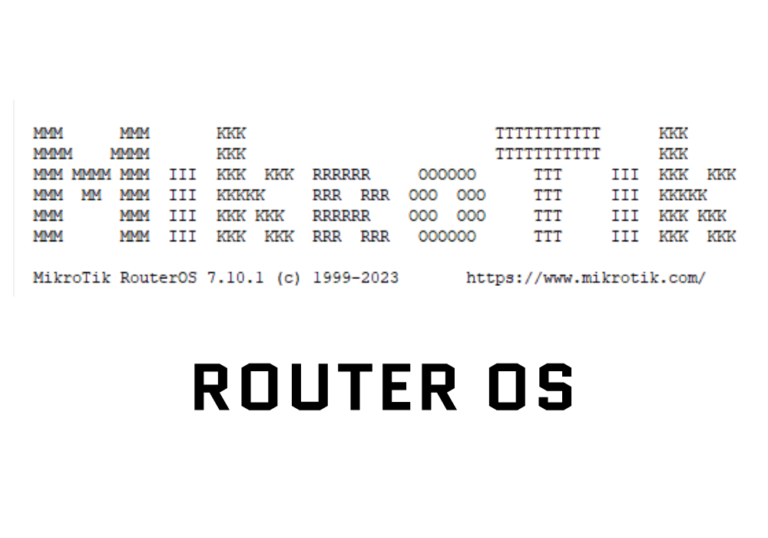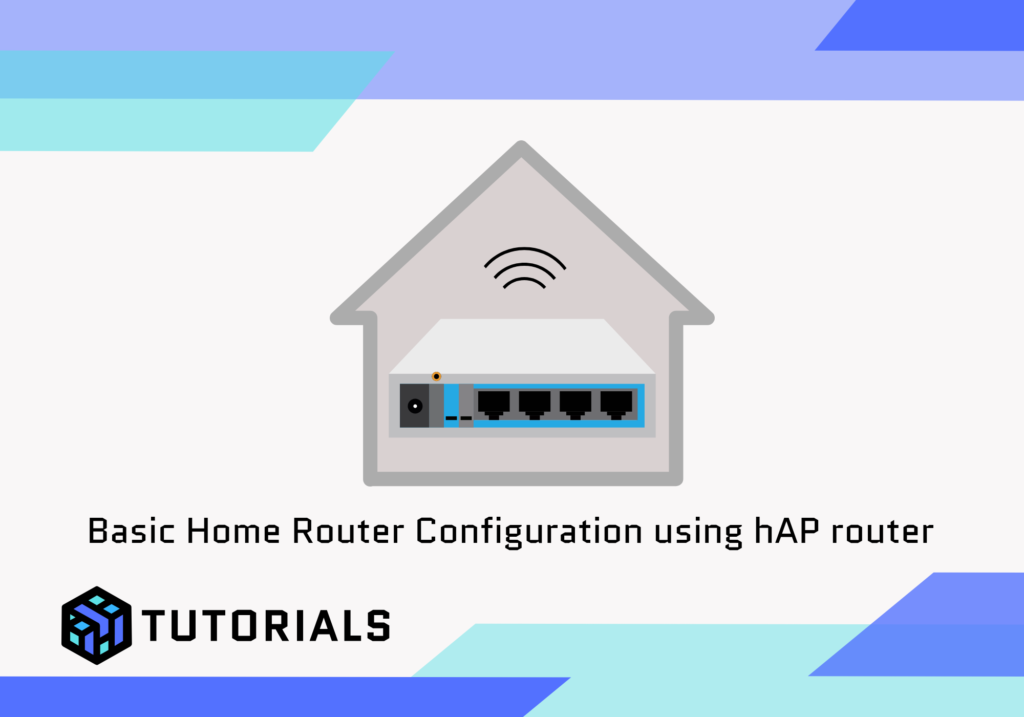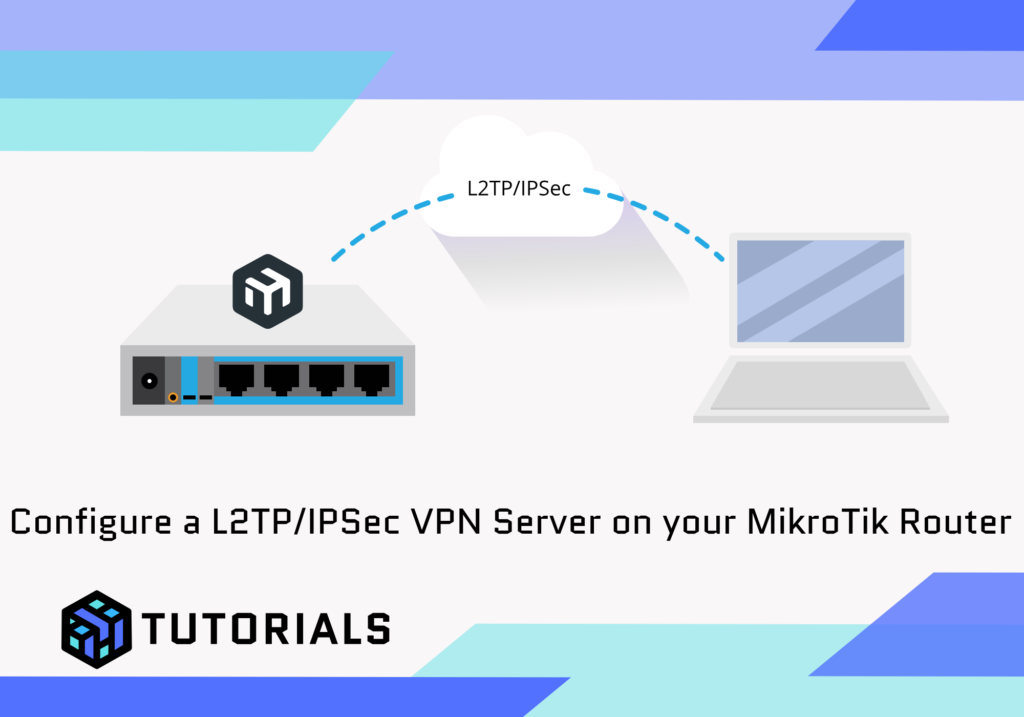MikroTik has been a game-changer in network management with its ever-reliable RouterOS. What started as a small company in Latvia grew into a global player in the networking world, driven by its commitment to providing flexible and affordable solutions for every network need.
Now, diving into the history of RouterOS: It’s built on the robust foundation of the Linux kernel. This Linux roots give it a stability and adaptability that techies love. The strength of RouterOS lies in its open-ended nature, granting a wide array of networking possibilities.
When you’re setting up your MikroTik device, understanding the software license levels becomes super crucial. Why? Well, these determine what features you can access. You’ve got levels from free to enterprise-ready; each tailored for different scales and complexities of network setups.
A piece of key advice: Skip the “Quick Start” config. It might be tempting to rush in, but hold up! Getting into the deeper layers allows you to fine-tune settings to precisely meet your network’s demands.
Bypassing default configurations or removing them altogether is something I can’t stress enough. Whether you do it when first configuring or by resetting the device, clearing that slate helps prevent security loopholes and gives you a solid foundation to build your network masterpiece.
Mastering the MikroTik RouterOS Interface: Interface Tools and Best Practices
WinBox is your trusty companion when it comes to configuring MikroTik RouterOS. It’s a lightweight yet powerful application that offers a more seamless experience than WebFig, especially when you want to get down to the nitty-gritty without wasting time on load speeds. A quick download, and you’re off to the races.
Exploring WinBox is like opening a treasure chest of tools and features. You get to enjoy real-time monitoring and configuration options with a crisp and responsive interface. If you prefer a browser interface, WebFig is an alternative, though it often feels like a clunky cousin to nimble WinBox.
Now, about those default configurations. Keep ’em or leave ’em, you ask? Removing them is generally a smart move. Think of it like tearing off gift wrap to reveal what’s truly yours underneath; starting fresh maximizes your control over security and customisation. This ensures that every setting is tailor-fit to your system’s unique needs.
Once you’ve got the basics down, it’s all about best practices. Dive into customising your firewall rules, optimize routing protocols, and make sure everything’s locked down tighter than Fort Knox. Remember, a great network is silent—it gets the job done without fuss or drama.
If you’re itching for more tips and tricks, tons of resources are out there—from online forums to training videos. They are just a search away and can supplement your learning, helping you stay ahead in the game of network mastery. Click here to view all the tutorials we have to offer.
Further information can be found on the MikroTik website




